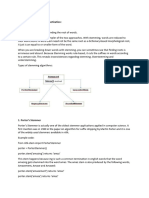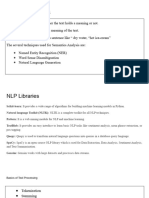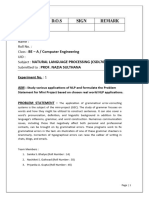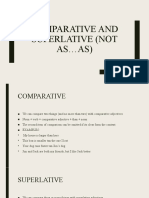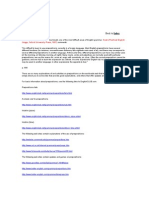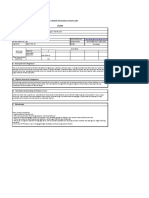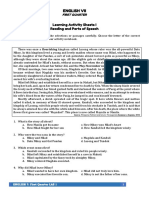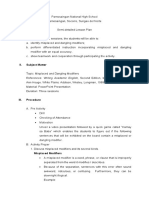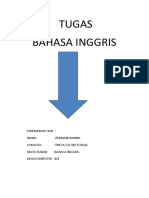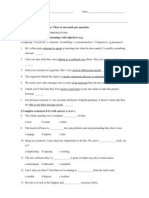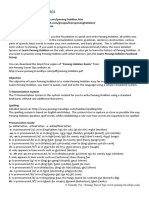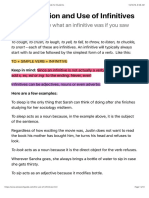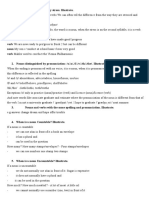0% found this document useful (0 votes)
29 views25 pagesNatural Language Processing-Section
The document provides an overview of the Natural Language Toolkit (NLTK) in Python, covering key functionalities such as tokenization, stemming, lemmatization, and parts of speech tagging. It explains how to install NLTK, use its modules for text processing, and introduces WordNet as a resource for word relationships. Additionally, it includes practical tasks for users to apply their knowledge of NLTK features.
Uploaded by
dw9324764Copyright
© © All Rights Reserved
We take content rights seriously. If you suspect this is your content, claim it here.
Available Formats
Download as PPTX, PDF, TXT or read online on Scribd
0% found this document useful (0 votes)
29 views25 pagesNatural Language Processing-Section
The document provides an overview of the Natural Language Toolkit (NLTK) in Python, covering key functionalities such as tokenization, stemming, lemmatization, and parts of speech tagging. It explains how to install NLTK, use its modules for text processing, and introduces WordNet as a resource for word relationships. Additionally, it includes practical tasks for users to apply their knowledge of NLTK features.
Uploaded by
dw9324764Copyright
© © All Rights Reserved
We take content rights seriously. If you suspect this is your content, claim it here.
Available Formats
Download as PPTX, PDF, TXT or read online on Scribd
/ 25







